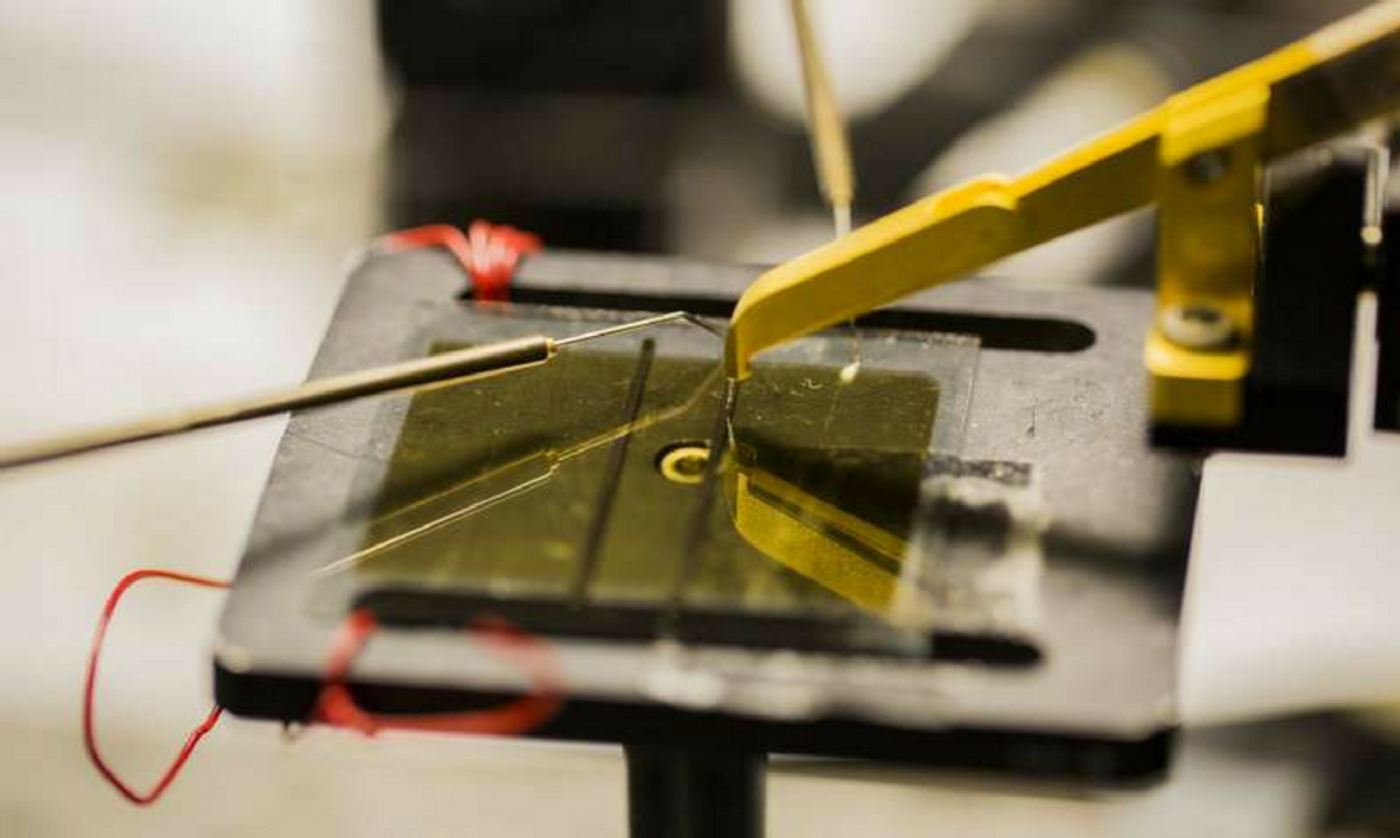Going Organic: Discovery Can Boost Carbon-based Solar Cells Development
A solar cell is the basic power-generating unit within a typical solar panel. It converts the energy of sunlight directly into electricity through the photovoltaic effect, one of the many legacies of Albert Einstein. Although the majority of current solar panels are made of either crystalline silicon or thin metal films, carbon based solar cells are emerging an inexpensive and environmentally friendly alternative.
A research team from the University of Michigan recently reported their findings on a sandwiched-fullerene (a.k.a. buckyball, a soccer ball like molecular structure entirely made of carbon) design of organic semiconductive, which can inspire the development of clear, flexible organic solar cells in the future.
The apparent advantage of organics solar cells is that they are made of inexpensive, light, flexible carbon-based polymers. They are transparent and can be fabricated in different colors and configurations. Just attach them to walls and windows your home and office, you get a perfect photovoltaic power-generating system that occupies no space. However, the catch with organic materials is that they have notoriously poor electrical conductivity.
What the Michigan team did differently was that they had a thin layer of fullerene molecules in the middle of their organic semiconductors. The added fullerene allowed electrons diffuse up to several centimeters from where they’re generated. In comparison, the records held by previous organic semiconductive are no more than a micrometer.
Stephen Forrest, Professor of Engineering at U. Michigan and the leader of the group, believed that their discovery could be a game changer. “I believe that ubiquitous solar power is the key to powering our constantly warming and increasingly crowded planet, and that means putting solar cells on everyday objects like building facades and windows,” Forrest said. “Technology like this could help us produce power in a way that’s inexpensive and nearly invisible.”
The initial observation of fullerene helping electrons travel was serendipity, according to the team. In hopes of boosting the conductive efficiency of solar cells, they put a thin film of C60 fullerenes on top of a power-generating organic cell and topped the fullerenes with an electron-blocking layer. The resulted architecture prevents the electrons from returning to the power-producing layer where the positive charges are created as a part of the photovoltaic effect. Thus, the electrons are allowed to diffuse freely throughout the sandwiched layers.
Considering the current status of their research, Forrest cautions against speculation on the widespread application of their organic solar cells. But, he is excited by the discovery's larger implications for understanding and exploiting the properties of organic semiconductors.
Forrest group’s study titled "Centimeter-Scale Electron Diffusion in Photoactive Organic Heterostructures" was published online in the journal Nature.
Stephen Forrest | Organic Solar Cells. Credit: Michigan Engineering
Source: University of Michigan









